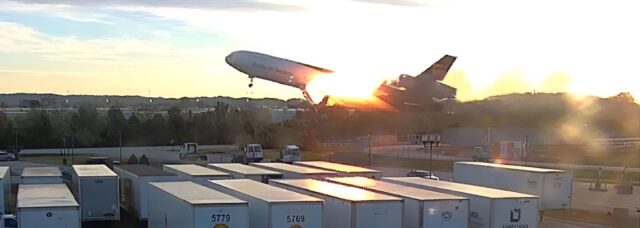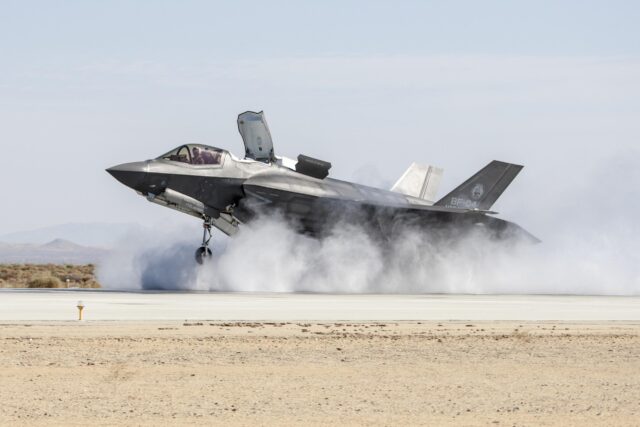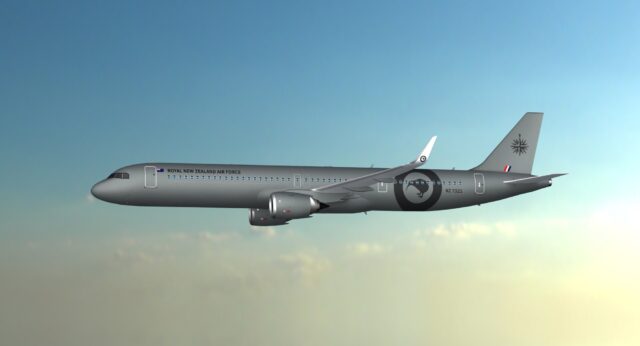What is a jet stream and how does it affect aviation?

November 22, 2025

A jet stream (often called ‘the jet stream’, even though there’s more than one of them) is a narrow, fast-moving band of air currents located high in the Earth’s atmosphere at around 20,000 and 50,000 feet. These high-altitude winds, reaching speeds of up to 200 miles per hour, play a significant role in global weather patterns and, crucially, in aviation.
Understanding jet streams and their impacts is essential for pilots, air traffic controllers and those involved in flight operations. They can dramatically influence flight times, fuel efficiency and overall safety.
How is a jet stream formed?
Jet streams form where air masses of differing temperatures meet, especially at the boundaries of polar and tropical air regions. These air currents typically sit between 30° and 60° latitude in both hemispheres. The two main jet streams are the polar and subtropical jet streams.
The polar jet stream is more variable and is often found closer to the Earth’s surface in winter. The subtropical jet stream, on the other hand, remains more stable and generally resides higher up.
Both jet streams follow a wave-like pattern, shaped by the Earth’s rotation and the temperature contrast between cold polar and warm tropical regions.
Understanding where and when these turbulent areas occur is crucial for effective flight planning. As jet streams generally move from west to east, they can cause some choppy turbulence for aircraft, especially when their path shifts. This turbulence can range from mild bumps to something more severe, and presents some unique challenges for both flight crews and passengers.
A jet stream’s effect on flight times and fuel efficiency
The most noticeable effect of a jet stream on aviation is how it affects flight times. The high-speed winds it brings can either significantly shorten or lengthen the duration of a flight, depending on whether the aircraft is flying into it or away from it.
When flying with a jet stream, aircraft will speed up. Flying east is already faster than flying west, but a transatlantic flight from the US to Europe with a tailwind from a jet stream can shave off several hours. This also, of course, saves on fuel, improving efficiency and sustainability.
Read more: Why flying east is faster than west
On the other hand, flights going against a jet stream can find the headwinds make travel times much longer. Aircraft have to work harder to overcome these opposing winds, which also uses additional (costly) fuel.

Navigating a jet stream
Understanding the position and strength of a jet stream is crucial for making a flight as smooth and fuel-efficient as possible.
Pilots typically get Significant Weather Charts in their pre-flight briefing packs. These can be produced by various meteorological agencies such as the WAFS (World Area Forecast System) or the UK Met Office.
Additionally, pilots can see on their flight plans or navigation log where the most active bands of air are. A “Max Shear” reading will indicate how severe the turbulence is likely to be in those regions.
They can also adjust altitude to optimise fuel usage and reduce the impact of headwinds.
Are jet streams dangerous for aircraft?
Jet stream-related turbulence is a safety concern for aviation. Although modern aircraft are built to withstand turbulence, sudden changes in wind speed and direction can be difficult to predict.
Airliners are equipped with advanced radar systems to detect turbulence ahead, but there are times when turbulence cannot be avoided altogether. Commercial pilots are trained to navigate these conditions to prioritise passenger safety.
Air traffic controllers also play a vital role in managing the effects of jet streams. By adjusting flight levels and coordinating airspace usage, they help mitigate the impact of strong winds and turbulence.
The future of jet stream research and aviation
As the climate continues to change, jet stream activity is predicted to become more erratic. Experts suggest shifting positions and jet stream width altering over time.
Airlines and crew will need to adapt to these changes while staying focused on safety and efficiency. At the same time, innovations in aviation, including fuel-efficient aircraft technology and better weather forecasting, should enable the industry to more effectively manage the challenges jet streams present.
Featured image: Delta Air Lines
















